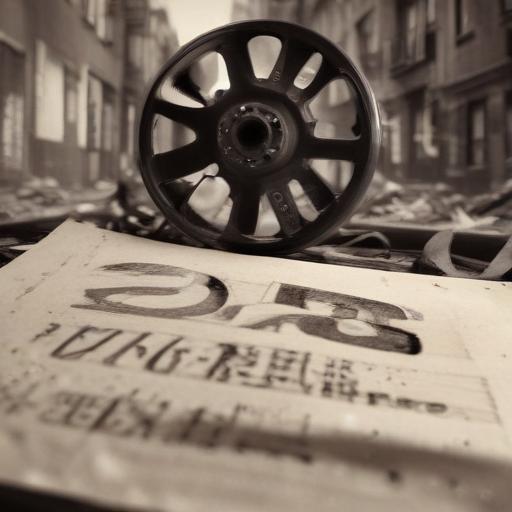The director of the upcoming film “28 Years Later,” Danny Boyle, recently delved into the creative decision to utilize iPhones for certain scenes in the film during an interview with IGN. This innovative approach parallels the first film in the franchise, “28 Days Later,” which was shot on digital video to capture a raw, homemade aesthetic. Boyle and writer Alex Garland embraced this concept, reflecting on how individuals would likely document their experiences during an apocalyptic scenario using the technology of their time.
In “28 Years Later,” the team employed three specially designed rigs for the iPhone sequences, featuring setups for eight, ten, and twenty cameras. Boyle vividly described a standout moment in the film where the 20-camera rig is utilized, referring to it as “basically a poor man’s bullet time,” akin to the iconic scenes in “The Matrix” where time appears to freeze. This rig allows for dynamic storytelling, providing 180 degrees of visual coverage and enabling editors to craft a unique viewing experience by switching perspectives and manipulating timing during post-production.
In addition to the iPhones, the filmmakers incorporated drones and other creative camera placements, including those attached to actors and even animals, all contributing to an immersive viewing experience. The decision to use a 2.76:1 widescreen aspect ratio was made deliberately to instill a sense of unease, compelling audiences to stay alert for potential threats lurking at the edges of the screen.
Overall, Boyle’s commitment to blending traditional filmmaking with innovative techniques showcases the film’s aim to draw viewers directly into the action, creating a visceral connection with the story. The use of modern technology like smartphones in a narrative about survival emphasizes how far filmmaking has come while also maintaining the essence of storytelling amid chaos.
